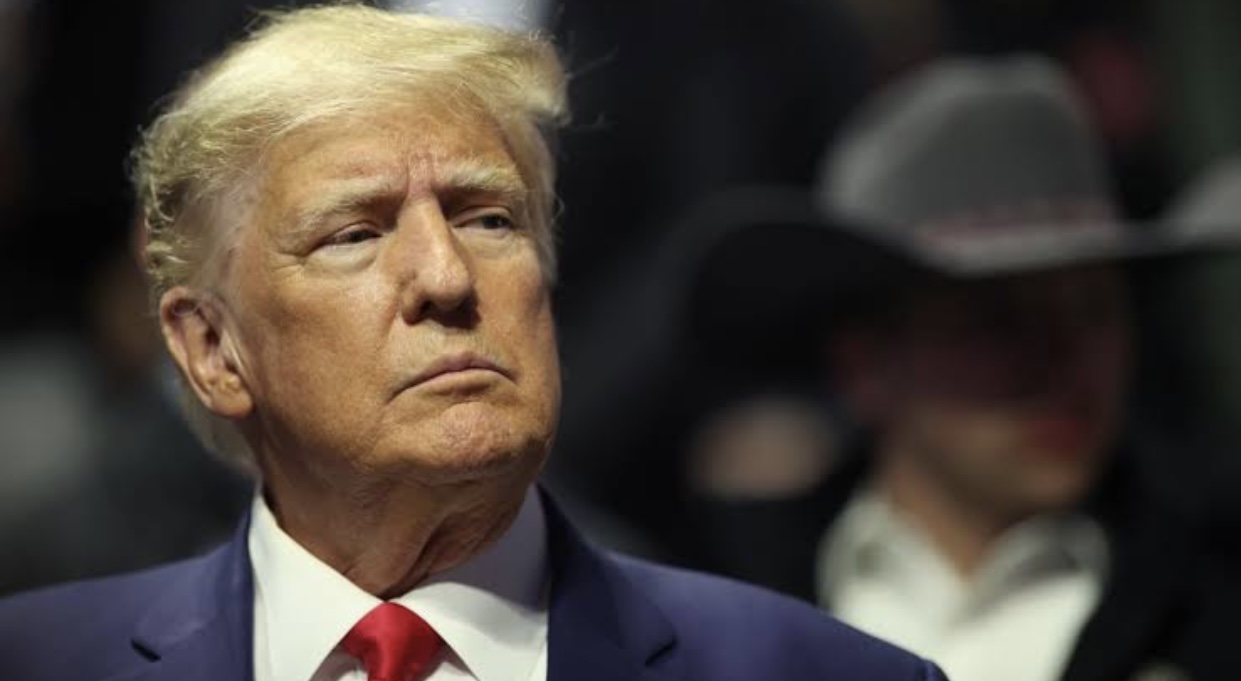Even during his tenure as president, Donald Trump lacked the lawful authority to declassify a U.S. nuclear weapons-related document that he is accused of unlawfully possessing, security analysts noted, contrary to the former U.S. president’s assertion.
The classified document, identified as No. 19 in the indictment charging Trump with jeopardizing national security, can only be declassified through a procedure dictated by the Atomic Energy Act, involving the Department of Energy and the Department of Defense.
For that reason, the analysts said, the nuclear document is distinct among the 31 in the indictment since the declassification of the others is governed by executive order.
“The assertion that he (Trump) could have declassified it is irrelevant concerning the nuclear weapons information because it was not classified by executive order but by law,” stated Steven Aftergood, a government secrecy expert affiliated with the Federation of Atomic Scientists.
The unique status of nuclear-related information further undermines what many legal specialists claim is a feeble defense centered around declassification. Trump has claimed, without providing evidence, that he declassified the documents prior to removing them from the White House.
Prosecutors are likely to argue that declassification is immaterial because Trump faces charges under the Espionage Act, which predates classification and criminalizes the unauthorized retention of “national defense information,” a broad term encompassing any confidential material that could be advantageous to the nation’s adversaries.
Document No. 19 is labeled “FRD,” or Formerly Restricted Data, a classification assigned to classified information concerning the military utilization of nuclear weapons. The indictment described it as undated and “pertaining to nuclear weaponry of the United States.”
NUCLEAR DATA REGULATIONS
Trump, who pleaded not guilty on Tuesday, asserted that he declassified over 100 classified documents while still in office and took them to his Florida resort home, Mar-a-Lago, a claim echoed by Republican legislators and other supporters.
However, Aftergood and other experts indicated that the Atomic Energy Act (AEA) of 1954 – which places the U.S. nuclear arsenal under the oversight of the Department of Energy – outlines a process for declassifying nuclear weapons data, some of the most closely guarded secrets of the U.S. government.
“The statute is very explicit. There is no provision that allows the president to make that decision,” stated a former U.S. national security official familiar with the classification system, who requested anonymity.
The most sensitive nuclear weapons information is classified as “RD,” for Restricted Data, covering warhead designs, uranium and plutonium production, according to a DOE guide titled “Understanding Classification.”
The Department of Energy downgrades nuclear weapons data from RD to FRD when it needs to share the information with the Pentagon, but the materials remain classified, experts explained.
FRD materials include data on the size of the U.S. arsenal, the storage and security of warheads, their locations, and their yields or power, according to the guide.
Declassification of FRD information can only be achieved through a process stipulated by the AEA, wherein the secretaries of energy and defense determine that the designation “may be removed,” according to a Justice Department FAQ sheet.
Not everyone agrees that the president lacks the authority to declassify nuclear data. David Jonas, who served as general counsel for the U.S. National Nuclear Security Administration, the Department of Energy division overseeing the nuclear arsenal, for ten years, argued that Trump had the constitutional authority to declassify all classified documents based on the “unitary executive theory,” which holds that Congress cannot limit the president’s control over the executive branch.
Other experts’ perspectives
Elizabeth Goitein, a specialist in national security law at the Brennan Center for Justice, stated that the U.S. Constitution grants Congress the power to restrict presidential authority concerning most national security matters, and “there is no doubt it can legislate in this area.”
While the president can request the declassification of FRD materials, “it must go through both the DOE (Department of Energy) and DOD (Department of Defense). And it takes a significant amount of time,” remarked Thomas Blanton, director of the National Security Archive.
Aftergood pointed out that FRD materials must be stored in a securely designated space. “Storing them in your bathroom would not meet the criteria,” he remarked, alluding to the allegation in the indictment that Trump stored classified documents in a Mar-a-Lago bathroom.
